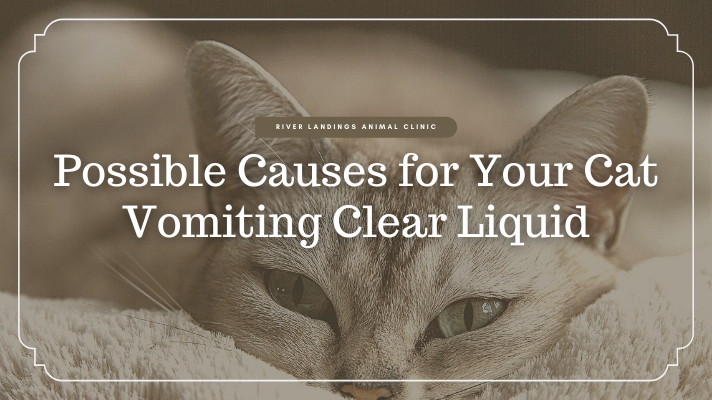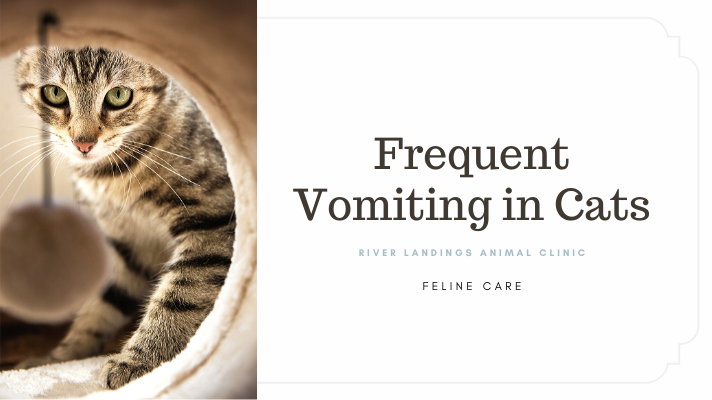It’s in a cat’s nature to chew, but chewing on plastic can be dangerous.
Many cats find joy in non-toy objects. We have all probably heard that cats love to play in paper bags, and if you are reading this, you have undoubtedly seen photos shared on social media sites with cats curled up in cardboard boxes. A bit less predictable and a little more esoteric, however: eating plastic.
The real danger here is many cats end up eating the plastic and getting blocked along their GI tract, requiring surgery. If your cat does eat any plastic, we would recommend taking this behavior seriously and attempting to address it quickly.
Cat’s Drive for Plastic: A Compulsive Disorder?
You may be familiar with the medical term pica: the eating of non-food objects.
Sometimes it is believed the pet is attempting to fill a nutritional void, but in cases where the pet relentlessly seeks one particular type of object, it may be an obsession and not a nutrition deficit. Pica in cats can be caused by a number of conditions, including gut disease, feline leukemia virus (FeLV), feline immunodeficiency virus (FIV), anemia, obsessive compulsive disorder, dental disease, and hyperthyroidism to name a few. A vet visit is always a wise place to start.
Eating plastic doesn’t automatically qualify as a compulsive behavior in some cats because they seem to like the way the plastic tastes or feels more than that they “need” to be doing this. For this reason, jumping to behavior-modifying drugs is not typically recommending for cats that seem to be strongly driven to explore and chew specific tastes and textures.
If your veterinarian explores the potential cause for plastic-seeking behavior and believes it points to a compulsive disorder, behavior-modifying drugs such as fluoxetine (generic Prozac) may be a consideration.
Non-Medical Therapy for Plastic Eating Cats
Providing multiple opportunities for hunting and play games, cat manipulation toys with food stuffed inside for foraging and eating, feeding both canned food and unique orally stimulating food, and offering dog chew toys as an alternative may help. Chew items such as rawhide chews, Nylabones, cat grass, and softer dead animal parts that are available as chews for dogs (e.g. lambs’ ears) can help. Make sure that there is also adequate aerobic play to keep the inquisitive cat busy and reward-based training to help satiate intelligent cats.
Ultimately, if the problem continues, the most extremely-affected plastic-seeking cats may need to be confined or housed in a cat-proofed room at times when supervision is not possible to protect them from foreign object ingestion.
Some cats just like to eat plastic. Cats have liked stranger things; bleach? New shoes? Your hair?
Has your cat ever eaten something strange? Leave us a comment below.
Hear From Us Again
Don't forget to subscribe to our email newsletter for more recipes, articles, and clinic updates delivered straight to your e-mail inbox.
Related Categories:





